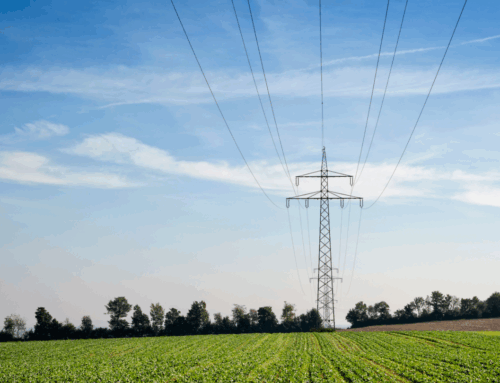Repsol to construct first major renewable hydrogen facility in Cartagena, Spain
November 16, 2025
As the world grows fonder of the renewable energy sector, hydrogen has emerged as a clear favorite for several nations aiming to transition away from fossil fuels towards the untapped power of the renewable energy market. One such nation is Spain. The nation’s largest producer and consumer of hydrogen, Repsol, has plans to construct its first major renewable hydrogen facility in Cartagena, with a substantial investment reaching into the hundreds of millions. The project will enable Spain to become a regional leader in the production of renewable hydrogen, which has become the trendy option for the renewable energy sector.
Repsol’s industrial complex in Cartagena is set for a massive electrolyzer to be installed
Repsol is the largest producer of renewable hydrogen in Spain, but is also the largest consumer of the renewable energy resource. In a move that accelerates Spain’s energy transition ambitions, the company has given the go-ahead for a 100 MW electrolyzer to be built and installed at its industrial complex in the East of Spain.
The electrolyzer will be capable of producing approximately 15,000 tonnes of renewable hydrogen annually, and has the added benefit of avoiding emissions of up to 167,000 tonnes of CO2 each year. If that wasn’t enough to get the excitement brewing, the Cartagena electrolyzer has been selected by the European Commission as a strategic project of common European interest, which means it can rely on substantial funding from the EU as well.
Repsol aims to replace conventional hydrogen with renewable hydrogen at its industrial sites
The company has outlined its plans to completely replace the conventional hydrogen at its industrial sites across Spain with the all-new clean and renewable hydrogen that the electrolyzer produces. This would mark a significant step in changing the roadmap for Spain’s energy future as the nation aims to lean on the renewable energy sector over the next decade.
The project will receive €155 million from the Spanish government authorities
The fact that the project aligns with EU and Spanish clean energy goals, and that it has been designated as strategically important for the European Union, means that the Spanish Institute for the Diversification and Saving of Energy (IDAE) will allocate up to €155 million for the project. That is on top of the already substantial investment made by Repsol and Enagas, which holds a 25% stake in the project.
The new electrolyzer will help Spain avoid significant emissions that exceed the current levels avoided by the entire EV sector in the nation, which is saying a lot, as Spain has embraced the emission-cutting benefits of the EV sector. Securing financing from the EU can be seen as a milestone for any project, as the EU does not take its role in the global energy transition lightly. As evidenced by the recent news that it will back a Baltic Sea hydrogen project.
“The plant is expected to be operational in 2029, representing a milestone for the Hydrogen Valley of the Region of Murcia, one of Spain’s most important regional initiatives. The goal is to create the most efficient ecosystem possible, aligning production capacity with the needs of industry. The project also includes the possibility that, in the future, the renewable hydrogen can be fed into the natural gas network and the Spanish Hydrogen Backbone.” – Repsol press release
Spain has been turning to the often overlooked hydrogen sector to boost its domestic energy transition
The news that the Spanish hydrogen dream is moving forward at full steam is a welcome change from the perception that the rest of the world has towards hydrogen. The US is actively rolling back permits for renewable energy projects, while the EU has been warned by energy experts over its stagnation in rolling out permits for hydrogen projects. Despite that, Spain has allocated millions to build 20 new hydrogen refueling stations, pointing to the overwhelming positive perception that the nation has for hydrogen.
Author Profile
Search
RECENT PRESS RELEASES
Related Post




